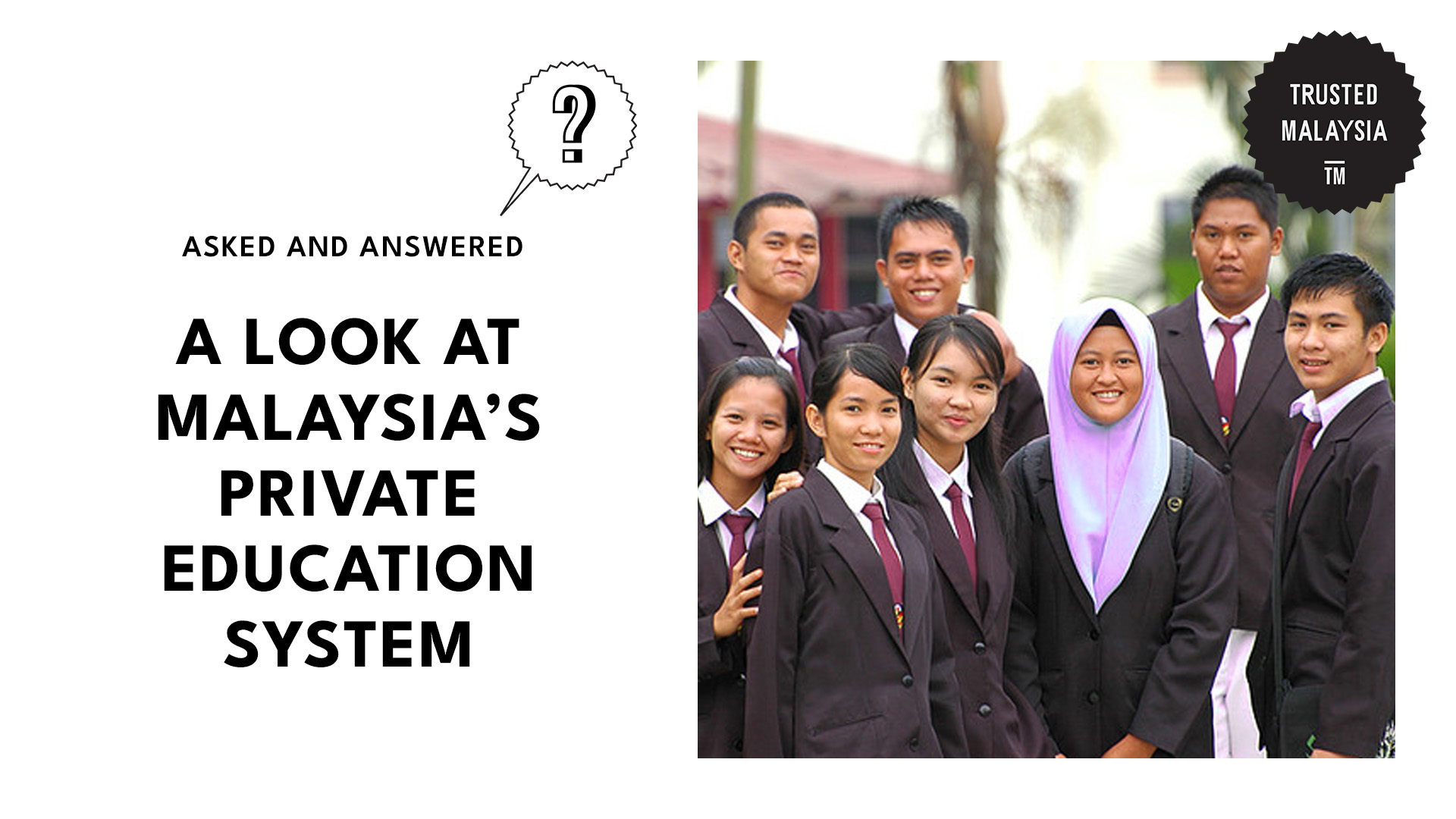What You Need to Know about the Private Education System in Malaysia
It’s natural for parents to want the best possible fit for their child for a better learning environment. And private schools in Malaysia may give students an extra edge while learning, and as parents, we all want the best for our children’s future.
But, upon delving deeper into Malaysia’s education system, you might get confused. After all, there are different types of private schools in Malaysia.
With these various options, you may be asking, “Why exactly is private education a better option?”
Well, we’ve got you! Below, we’ll discuss what Malaysia’s private education system is like to provide you with a more comprehensive understanding should you decide to enroll your children. Is it actually the better option?
Check out what we’ve gathered!
What is Malaysia’s private education system?
The private education system is basically a private school instead of a national school. It requires school fees for domestic and international students, unlike public schools that provide free education to Malaysian citizens.
The Ministry of Education (MOE), which is under the government, oversees Malaysia’s private school system.
Different grade levels fall under different jurisdictions. The MOE is responsible for preschool, primary, and secondary education. Meanwhile, tertiary education is under the Ministry of Higher Education (MOHE).
In Malaysia, private schools are in demand and continue to grow as many parents want their children to have the best academic learning experience. In fact, you’ll find many private schools available for nursery to tertiary education.
Anyone is allowed to consider going to a private school, whether you’re a local or a foreigner. The private education system has small class sizes, teaches in English and Malay languages in some subjects, and provides regular co-curricular activities.
But to completely understand the private school system in Malaysia, we have to explore its structure. So, what are these, exactly?
Types of Private Schools in Malaysia
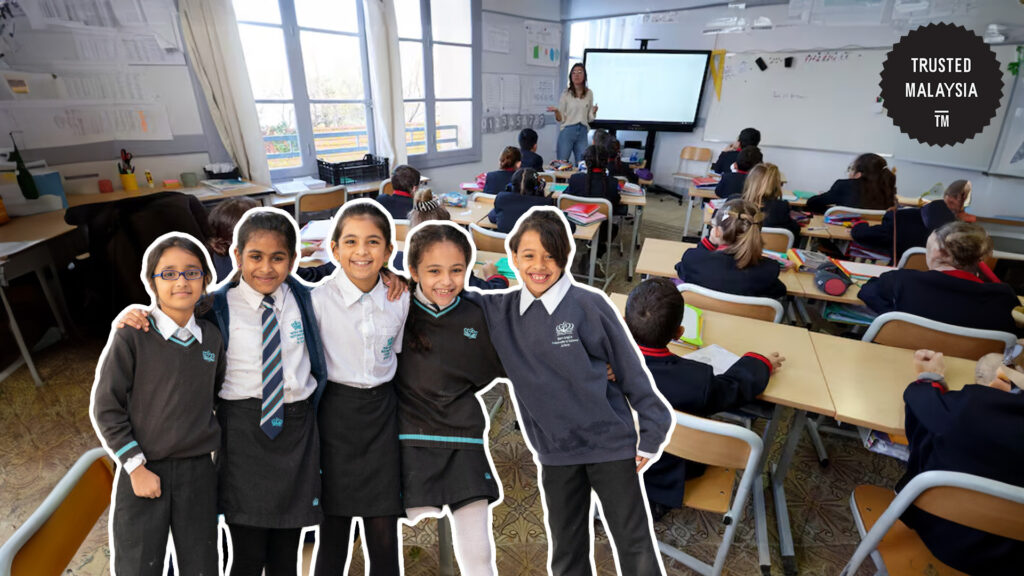
In Malaysia, there are different kinds of private schools that have their own unique benefits.
Private schools tend to have more benefits than national schools, which is one of the reasons parents prefer it. But there are different kinds that offer specific benefits. Look at them below:
International School

In Malaysia, international schools are booming, with most of them located in Kuala Lumpur, Selangor, or Penang.
Some examples are the Alice Smith School, which earned the ranking as one of the Top Fifteen Schools in China and Southeast Asia, and HELP International School, which was founded in 2014 and pretty new to the scene.
Before, the majority of students were foreign nationals, but now, locals are choosing to enroll their children in international schools because of its curriculum (International Curriculum) and the use of English as the primary language.
The curriculum and language are particularly helpful should the student decide to go to a university overseas.
Chinese Private Secondary Schools (SMPC)

This is a private school that centers on teaching the Chinese language. As an independent educational institution, they do not receive a regular source of funding from the government.
The Confucian Private Secondary School, established in 1906, and Chong Hwa Independent High School, founded in 1919, are two of the oldest high schools in the country.
Religious School
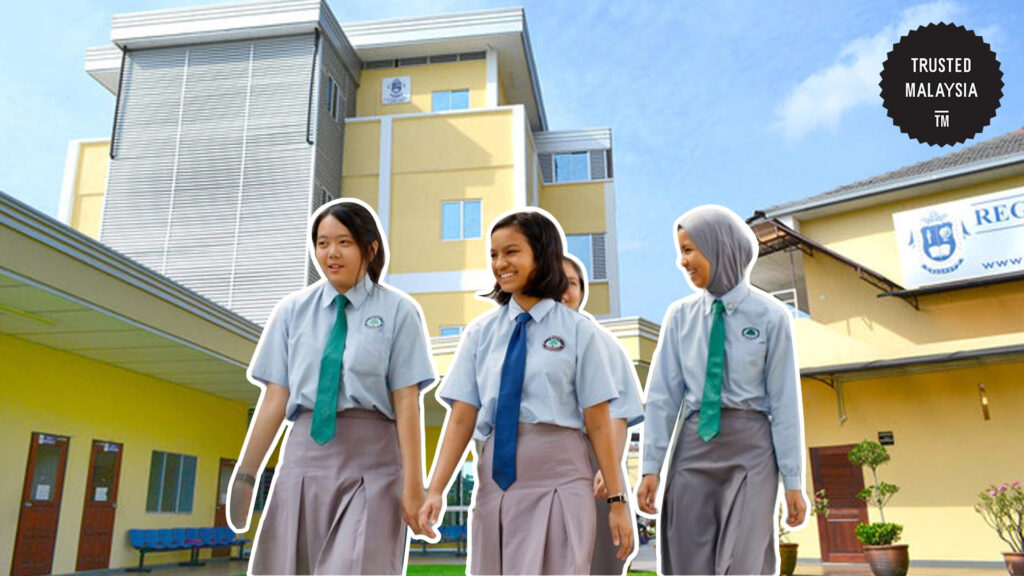
This type of school mainly teaches religious education. Since Malaysia is an Islamic country, most religious schools are focused on teaching Islam.
One example of an Islamic school is the Kolej Islam Malaya and the La Salle School in Klang was established by the Roman Catholic Church.
Special Needs School

This provides education to students with special needs or disabilities. This is also available for all school levels.
Students who are having difficulty following the regular curriculum will follow a special education curriculum.
In Kuala Lumpur, you’ll find the Selangor and Federal Territory Association for the Mentally Handicapped (SAMH), which provides education and training to mentally handicapped children and adults.
Some international schools also provide special needs education, like REAL Schools, which has a REAL Champs – Special Needs Division.
Stages of Private School Education
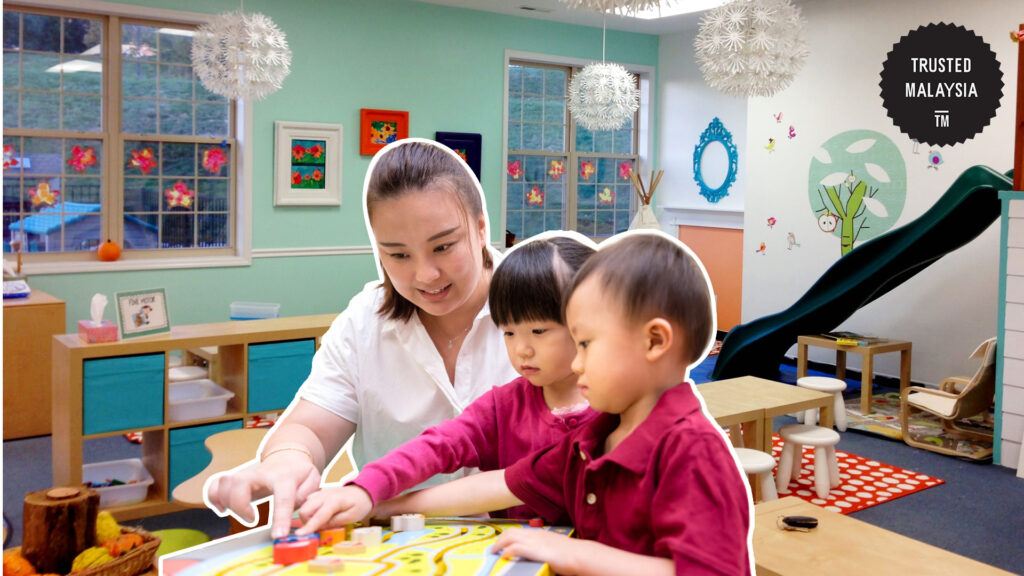
Like most countries, students in Malaysia will have to undergo several types of grade levels. The higher the grade level, the more complex the courses and programs are.
Here are the stages of private education:
Preschool
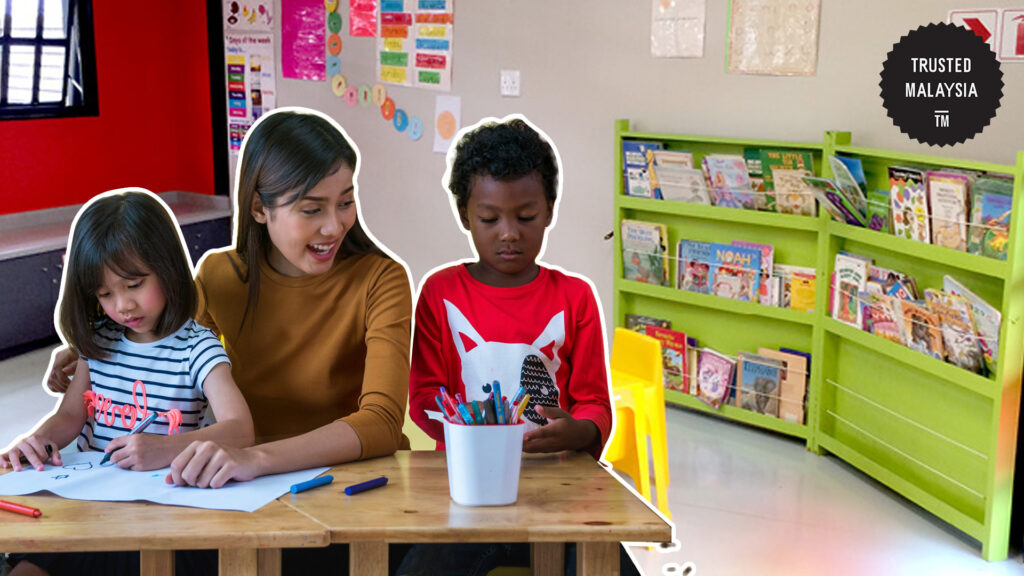
This is when formal education begins for students, which may start as early as 4 to 6 years old. This acts as a preparation before the actual schooling.
Keep in mind that preschool isn’t compulsory in Malaysia. Nevertheless, many parents enroll their children in preschool to prepare them early for school.
- Primary Education – Unlike preschool, primary education is compulsory in Malaysia. It starts at age 7 and lasts up to 12. It runs for 6 years, from Form 1 to 6.
- Secondary Education – This is the third level of education, which runs for 5 years from Form 1 to 5 or Year 7 to 11. Students are usually at the ages of 13 to 17.
- Post-Secondary Education – This acts as the preparatory level before entering tertiary education. Entering Form 6 requires passing the Sijil Pelajaran Malaysia (SPM), also called the Malaysian Certificate of Education.
Students in Form 5 will take this national examination to basically show their academic performance, both from private and national schools. It’s a requirement to pass if the student plans on entering higher education.
- Higher Education – Also called tertiary education, is the last step before the student enters the working field. This is basically where the student will study for a bachelor’s degree.
But a student has to have studied for 12 to 13 years before getting accepted into a university. Undergraduate studies take 3 to 4 years, while post-graduate is about 1 to 2 years.
What is the curriculum in private schools in Malaysia?

Both public and private schools follow the Malaysian National Curriculum, which includes core, compulsory, elective, and additional subjects.
Primary schools use the Malaysian National Standard Curriculum for Primary (Kurikulum Standard Sekolah Rendah/KSSR), while secondary students follow the National Standard Curriculum for Secondary School (Kurikulum Standard Sekolah Menengah/KSSM).
Basically, preschool, primary, and secondary education will have their own curriculum that aims to develop skills and intellectual capacity based on age.
Meanwhile, international schools follow international curricula. In Malaysia, many international schools follow the American, British, and Australian curricula.
The English National Curriculum is widely used by international schools, aimed at helping with the International General Certificate of Secondary Education (IGCSE), an exam students need to pass to help them apply to international universities.
In addition, the IGCSE is also required in many universities in the UK and other English-speaking countries. So, this is something to consider if the student plans to study abroad.
What is the admission process for a private school in Malaysia?
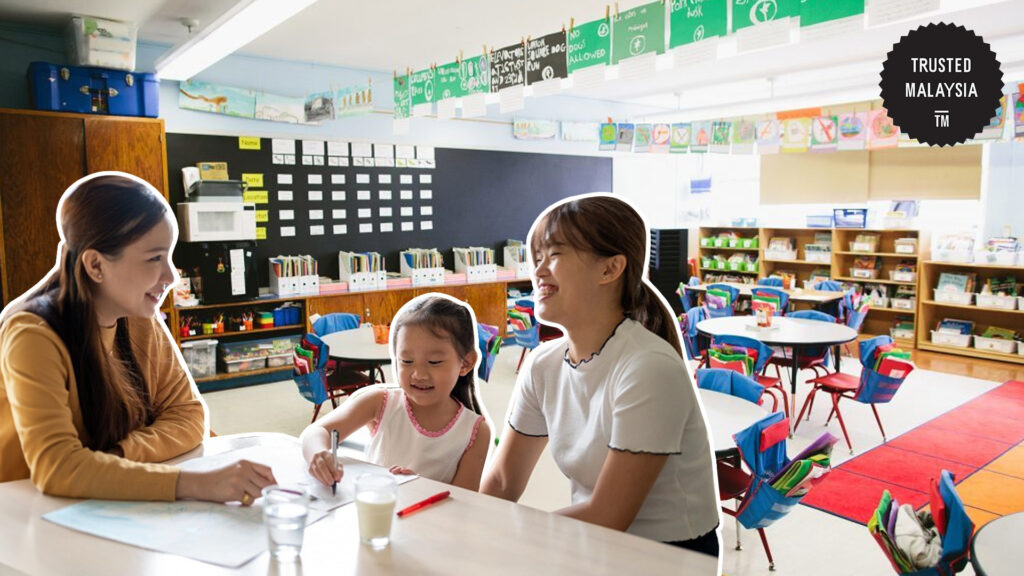
Not all children can enroll in every private school. There’s an admission process they must go through, which is handled by the school itself.
The parent must send an application form to the school, which usually costs around RM200 to RM1,500. The application process has requirements as well.
Age is another thing to consider. Generally, preschool is for 4 to 6 years old, primary school is for 7 to 12, secondary school is for 13 to 17, and post-secondary school is for 18 and up (this runs for 1 to 2 years).
Another is the academic report, which shows if the student has reached the school’s specific educational requirements. Some schools will require language proficiency as well, like English.
Non-Malaysians will need to submit other documents, like a valid student visa and medical report. Depending on the school, additional paperwork may be needed.
However, having all these requirements doesn’t guarantee a spot in the school. Private schools will have limited availability, as some will have a low teacher-to-student ratio.
If the class is full, the child may be placed on a waiting list. The school will contact the parents when a spot is available.
Remember, these requirements have a deadline, which depends on the private school.
Once the child has met the necessary requirements, the school will then send an acceptance of the offer. Then, the parents must follow the rest of the admission process and pay the necessary fees.
What’s the learning environment in a Malaysian private school?

What’s so good about private education that many parents in Malaysia consider it more than national schools? Even when it requires higher costs?
Here are the main differences between a private and public school:
Infrastructure
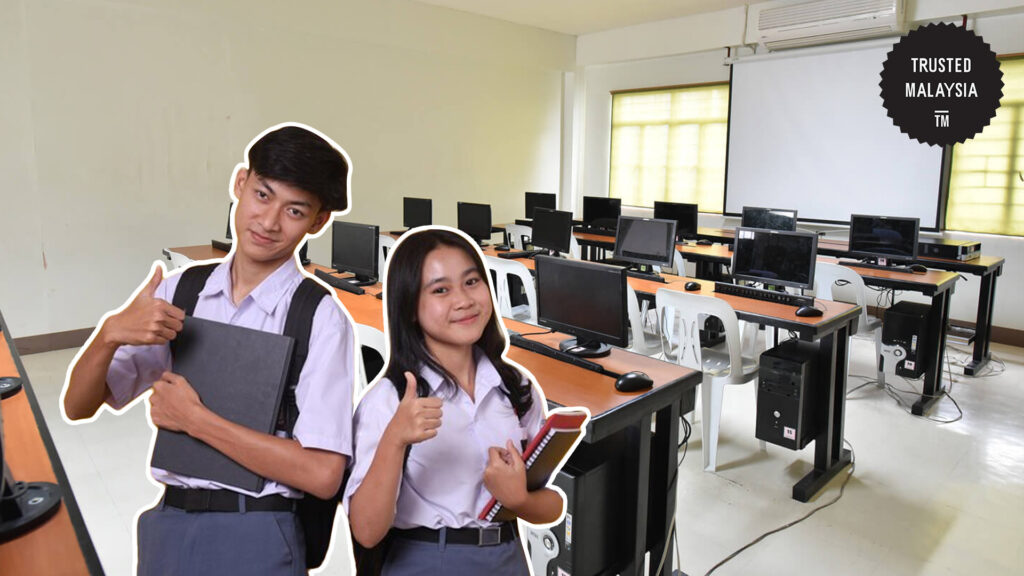
One significant advantage of private schools is better facilities and technology. Private schools usually have better infrastructure than public schools, which provides a better learning environment.
In addition, private schools administer their own finances. Thus, these schools usually have state-of-the-art technology and upgraded and well-equipped facilities, such as classrooms, laboratories, and sports facilities.
This is mainly because public schools receive funding from the government, which distributes a specific amount every year. Meanwhile, private schools are funded by the school’s tuition fees, which can fully or partially cover the school funding.
Smaller Class Sizes

Private schools have a low teacher-to-student ratio, which results in more individualized attention. That means the teacher can observe the whole class and each student, which also allows the children to be noticed by the teacher and receive the proper attention.
It also results in an enhanced learning environment because small class sizes allow the students to ask questions and develop confidence. Plus, there are more chances to participate in class and share ideas.
Curriculum
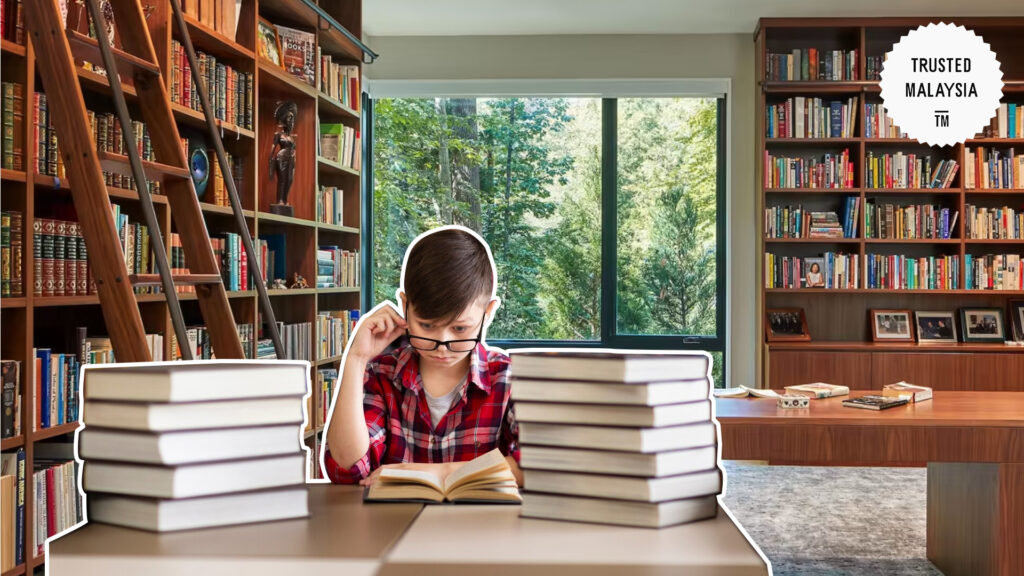
Private schools still follow the national curriculum, but because the school board administers it, the curriculum tends to be more comprehensive.
And since these schools generally have better facilities, students can use the laboratory or other facilities to apply what they’ve learned in a more conducive environment.
Diverse Environment

Non-Malaysians can enroll in public schools, but they need a valid foreign student pass. Still, expats tend to enroll their children in private or international schools because of the academic environment.
Because of this, private schools tend to have more multicultural settings, which help develop a global mindset because students get to mingle with different nationalities and learn about other cultures.
Cost

Private schools cost more than public schools. But it’s still less expensive than international schools.
If the parent wants good infrastructure and small class sizes, they can enroll their children in a private school without spending too much money on tuition fees, as international schools generally require higher costs.
How does a private school in Malaysia begin?

It’s not easy to build a private school. There are several steps to follow from planning to building to make sure the standard guidelines are met. Here are the things to consider:
Submit an Application

To start, one must submit an application for licensing for a private school. Investors must also apply for incorporation of a company.
Next, one must present a proposal, which is subject to approval by the MOE. Once the proposal has been approved, the school can then be established.
But remember that accrediting bodies will evaluate the school. So, there must be complete documents that show the curriculum, student assessments, teaching methods, and facilities.
Construction of the School

Once approval to establish the school is granted, construction begins. This is the part where the owner will consider the structure and design of the facilities, like classrooms, laboratories, sports centers, toilets, emergency exits, and more.
Remember, the school will be visited by the accrediting bodies for evaluation to ensure the place meets the standards for an effective learning environment.
Staff Recruiting

Staffing is also evaluated to make sure teachers’ qualifications can provide quality education to students. That includes the school’s support staff, such as guidance counselors and nurse aides.
It’s also important to note that the school’s financial capabilities will be evaluated to ensure it has financial capacities. Accurate budgeting and financial reports must also be provided to maintain transparency to stakeholders.
Establish Safety Measures

Building a school also requires a safety evaluation. This is for the security of the students and teachers, ensuring there are plenty of emergency exits and safety protocols in place.
Apply for Accreditation
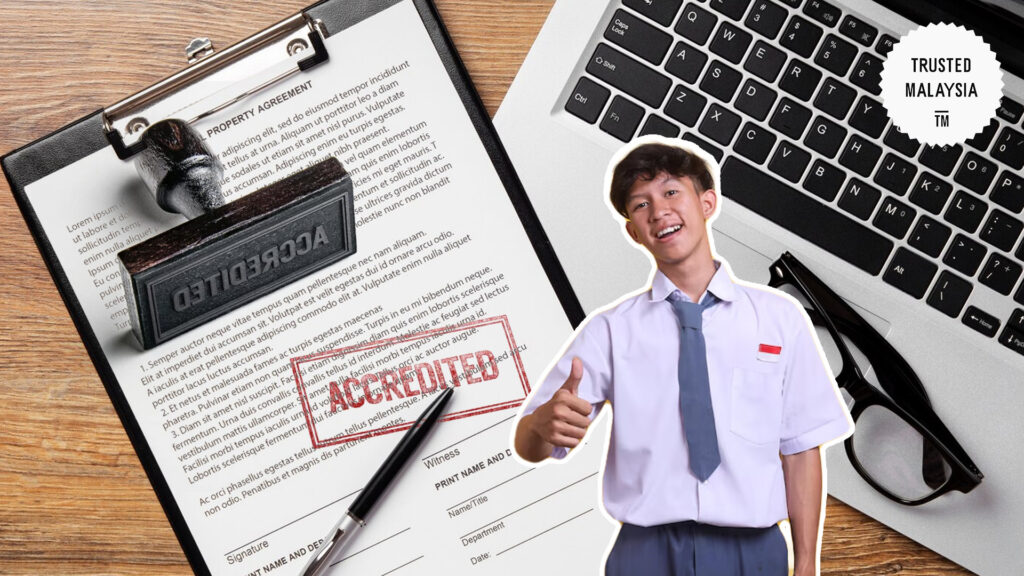
Accreditation is also very important as it ensures the educational institution is credible and reliable. It also gives peace of mind to parents knowing that the school has been evaluated and met specific standards by accrediting bodies.
The curriculum is also subject to assessment to ensure it meets the national standards and the student’s learning needs.
The Malaysian Qualifications Agency (MQA) has two accreditation processes. The Provisional Accreditation is to ensure the programme has met the criteria before it gets full accreditation.
Meanwhile, Full Accreditation means the programme has met the standards by the Malaysian Qualifications Framework (MQF) in regards to learning, teaching, and other school activities.
Remember that accreditation requires renewal and the school is subject to an assessment every time. This makes sure that the school will meet the standards for quality learning every school year.
